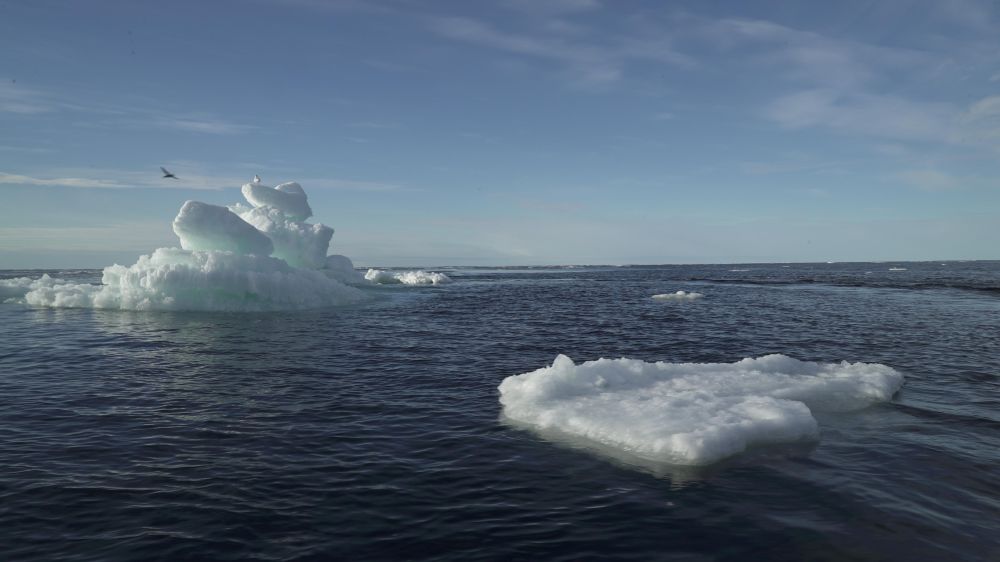Cloth Washing Linked to Pervasive Spread of Micro Synthetic Fiber Pollution in the Arctic
Microplastics have emerged as a huge environmental problem, plaguing the soil, water, and air. With the recent discovery of microplastics near the Mount Everest Summit and the following pollution in the depths of the oceans, it has become crystal clear that man’s proud invention of plastic has contaminated all the pure and necessary elements of the earth. According to a recent study, the Arctic has been polluted by the pervasive spread of microplastics that are linked to synthetic cloth washing by people in Europe and North America.
Published in the journal Nature Communications, the research analyzed 71 near-surface samples extending from Norway to the North Pole and then into the Canadian High Arctic. Another 26 samples were acquired at depths down to 1,000 meters in the Beaufort Sea, north of Alaska. Plastic particle abundance in the eastern Arctic was almost three times more as compared to the west.

A recent study has linked cloth washing to the pervasive spread of microplastics in the Arctic | Image: Natalie Thomas/Reuters
The most wide-ranging study to date found the microplastics in 96 to 97 seawater samples taken from across the polar region. Over 92 percent of the microplastics were fibers, while polyester comprised 73 percent of total synthetic fibers.
Various other analyses projected that 3,500 tons of plastic microfibers from clothes washing in the US and Canada ended up in the sea each year while demonstrating proposed plastic discarded in the seas around the UK was carried to the Arctic within two years.
Also Read: Ocean Plastic Has Potentially Disastrous Effects on Marine Species
As much more water streams into the Arctic from the Atlantic than the Pacific, the new research concludes that a higher concentration of the microplastic fibers was found near the Atlantic, as well as longer and less degraded fibers. The study raises questions about the global spread of textiles fibers in domestic wastewater, with recent findings indicating their extensive dispersal in this remote region of the planet.
Peter Ross, at Ocean Wise Conservation Association in Canada, who led the study, said,
We’re looking at the dominance of Atlantic inputs, which means sources of textile fibers in the North Atlantic from Europe and North America are likely to be driving the contamination in the Arctic Ocean. With these polyester fibers, we’ve essentially created a cloud throughout the world’s oceans. The Arctic is, yet again, at the receiving end of pollutants from the south. It certainly causes for concern when we realize that the Inuit people rely very heavily on aquatic foods.
He further added that up to eight meters of seawater layer is a biologically important area where phytoplankton, zooplankton, small fish, big fish, seabirds, and marine mammals forage for food. Even large marine animals such as turtles, albatross, seals, and whales are known to have died due to plastic.
The study established that the abundance of polyester was unmistakable throughout the water column, emphasizing the pervasive spread of synthetic fibers throughout the waters of the Arctic Ocean. An average of 40 microplastic particles per cubic meter of water was found by the researchers.
Ross said that individuals, clothes manufacturers, wastewater treatment companies, and governments could all help stem the flow of microplastics into the Arctic. To resolve this problem, all related factors must consider an eco-friendly approach to the way we source, make, and use textiles.


